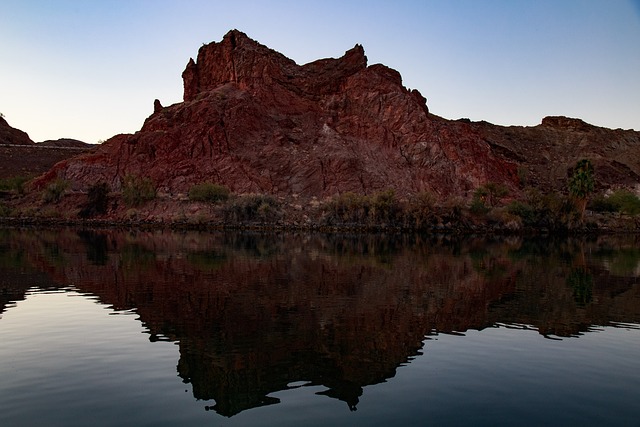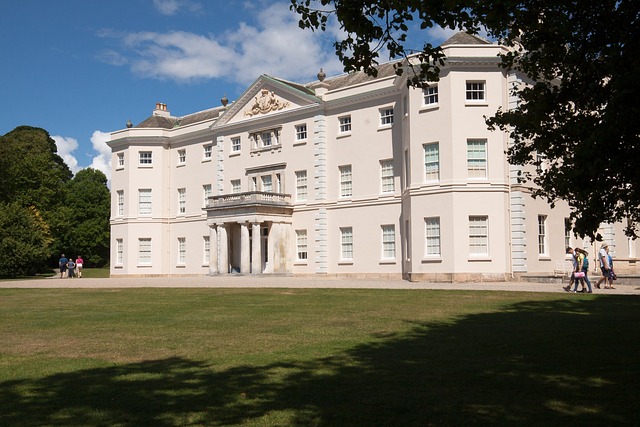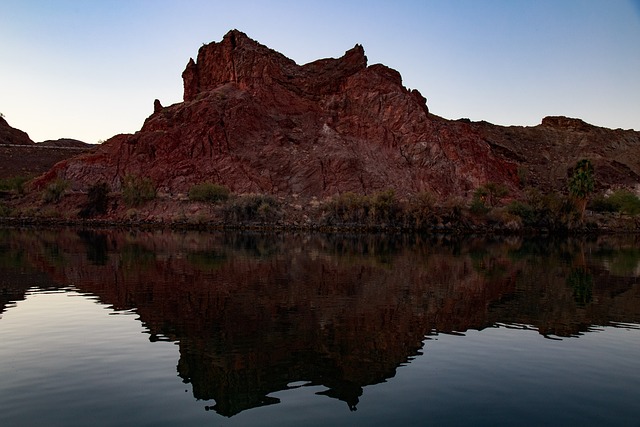Tribal communities' deep connection to land demands a nuanced approach in real estate practices, especially in regions with significant indigenous populations. Recognizing land as a living entity is crucial for building trust and fostering partnerships between indigenous communities and external stakeholders. While urban expansion often leads to displacement, thoughtful navigation offers opportunities for empowerment through inclusive planning, cultural site preservation, and economic benefits. Building trust requires understanding cultural heritage, active listening, and meaningful consultation with community leaders. Sustainable practices involve collaborative agreements that support economic development while preserving cultural identity, ensuring transparency and inclusivity throughout the process.
In today’s globalized world, understanding and respecting close ties between tribal communities and their ancestral lands is more vital than ever. This article explores the intricate relationship between real estate development and Indigenous cultures, delving into strategies for sustainable practices in Native land acquisitions. By examining unique land relationships and the delicate balance between progress and preservation, we aim to foster trust and promote harmonious coexistence between developers and indigenous peoples, ensuring respectful engagement with tribal communities in the real estate sector.
Understanding Tribal Communities and Their Unique Land Relationships

Tribal communities are unique in their deep-rooted connections to land, which is often central to their identity, culture, and survival. Understanding this relationship is crucial when discussing real estate practices, especially in regions with significant indigenous populations. These communities have historically managed and protected their territories through complex systems of knowledge, customs, and governance, ensuring a harmonious coexistence with the natural environment.
The concept of ‘land as a living entity’ is not merely metaphorical for many tribes; it reflects their spiritual and practical connection to the soil, water bodies, and surrounding ecosystems. This relationship influences every aspect of tribal life, from hunting and gathering practices to ceremonial rituals and community decision-making. In real estate contexts, recognizing and respecting these land relationships are essential steps towards building trust and fostering sustainable partnerships between indigenous communities and external stakeholders.
The Impact of Real Estate on Indigenous Cultures: A Delicate Balance

The relationship between real estate and Indigenous cultures is a delicate balance that requires careful navigation. In many cases, the expansion of urban areas and the increasing demand for housing have led to the displacement of Indigenous communities from their traditional lands. This disruption can severely impact the cultural identity, practices, and connections to the land that are integral to these communities’ well-being.
However, when approached thoughtfully, real estate development can also present opportunities for empowerment and self-determination. Some Indigenous groups have successfully navigated partnerships with developers, ensuring that their voices are heard and their interests are respected. This involves inclusive planning processes, the preservation of cultural sites, and the potential for economic benefits that can support community initiatives and strengthen their connection to their ancestral lands.
Building Trust and Sustainable Practices in Native Land Acquisitions

When engaging with Native communities in real estate transactions, particularly on ancestral lands, building trust is paramount. This involves a deep understanding and respect for cultural heritage, traditions, and the historical connection to the land. It requires active listening and meaningful consultation with community leaders and elders to ensure any acquisition respects and preserves cultural practices and sacred sites. Sustainable practices in this context mean more than just environmental stewardship; it’s about collaborating with communities to develop mutually beneficial agreements that support economic development while preserving cultural identity.
Transparency and inclusivity are key to fostering trust. Involving the community in every step of the process, from initial discussions to final decisions, ensures their voices are heard. This collaboration can lead to innovative solutions that meet both the needs of the real estate developer and the Native community, creating a foundation for long-term, mutually beneficial relationships.






